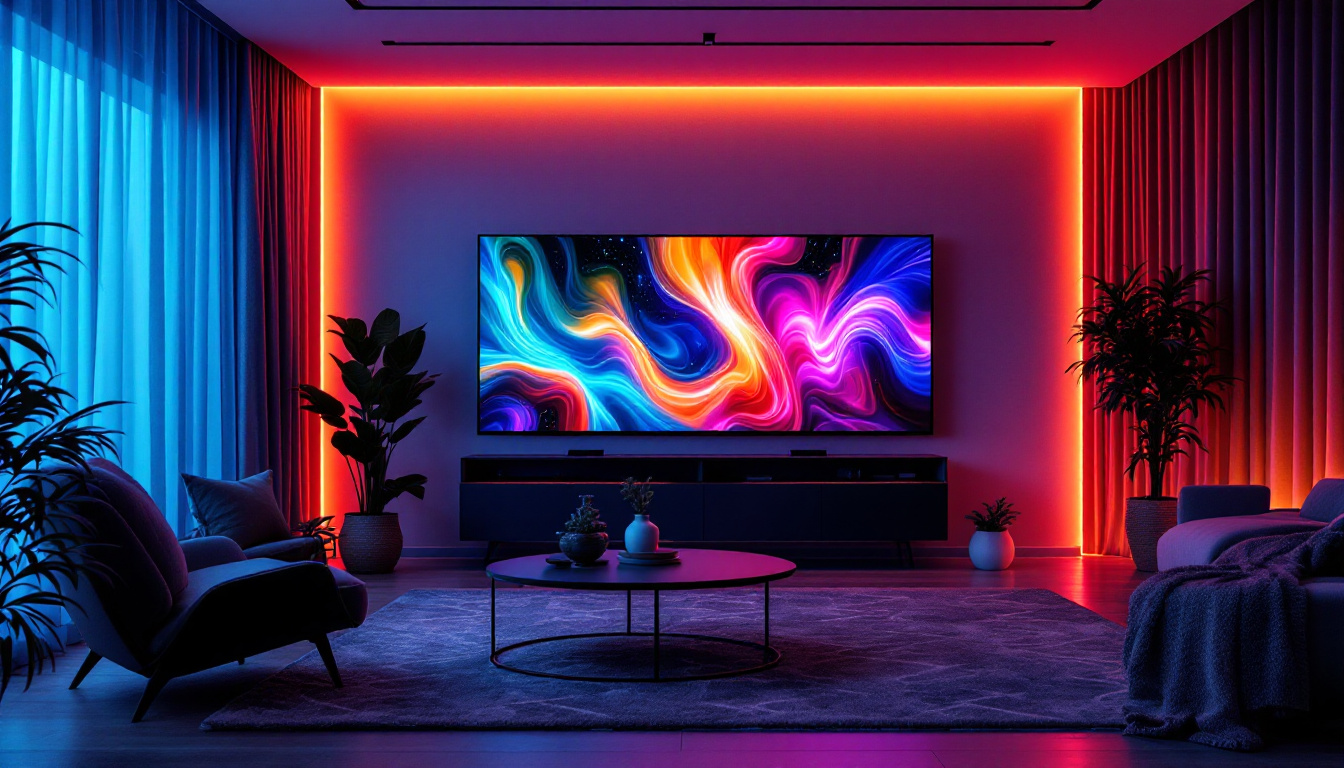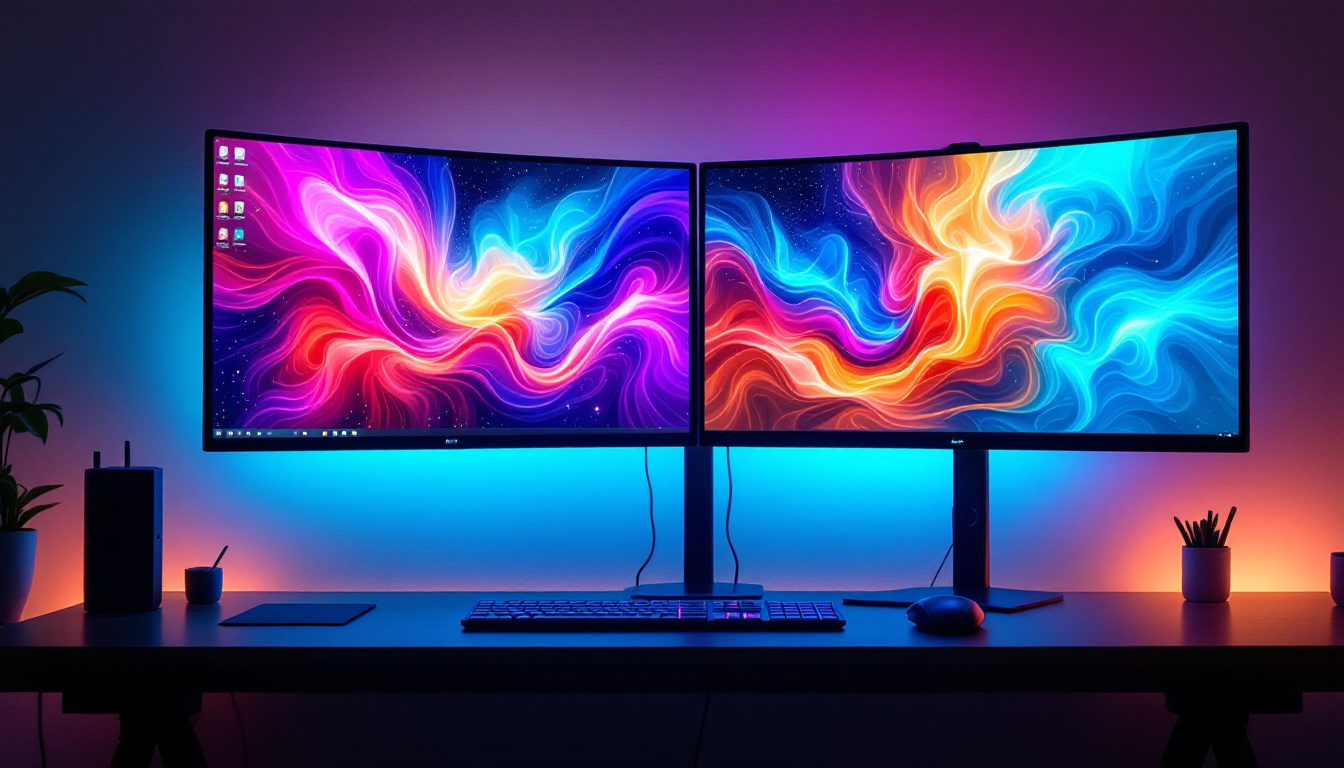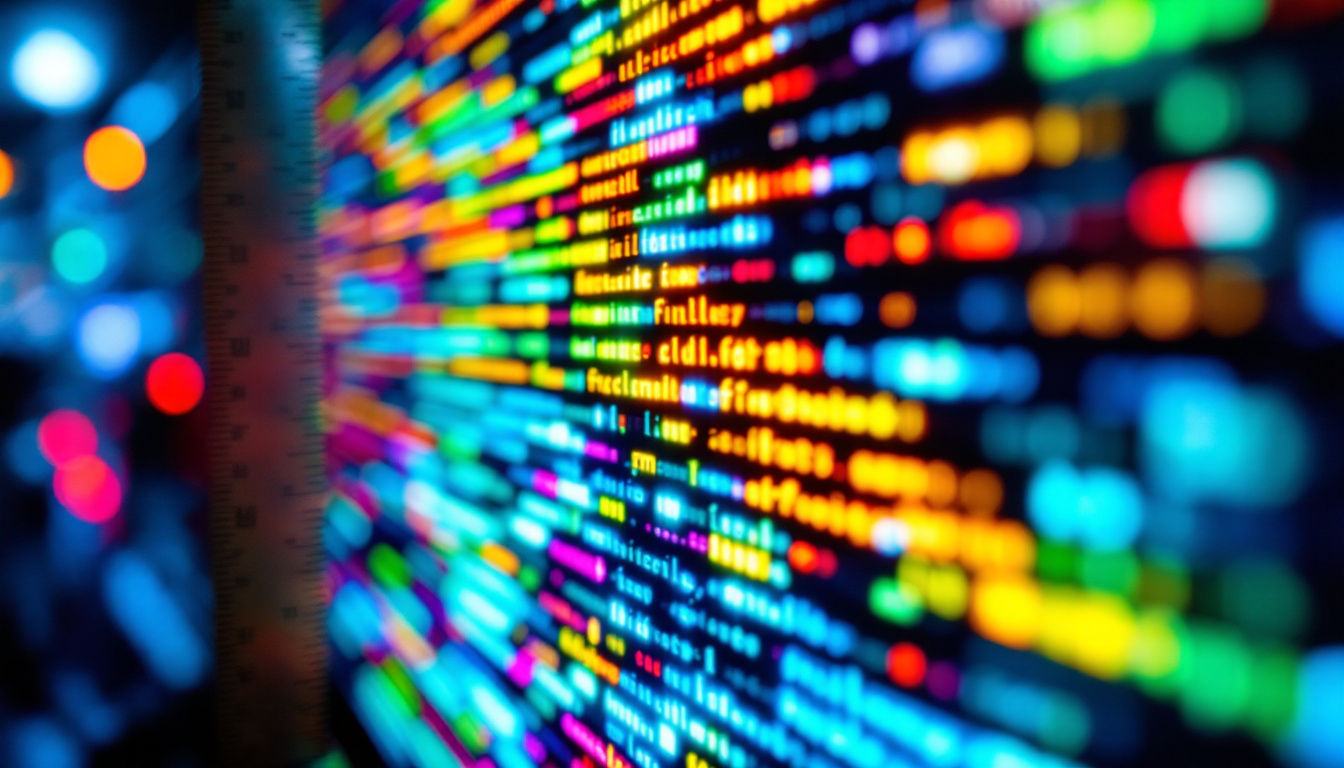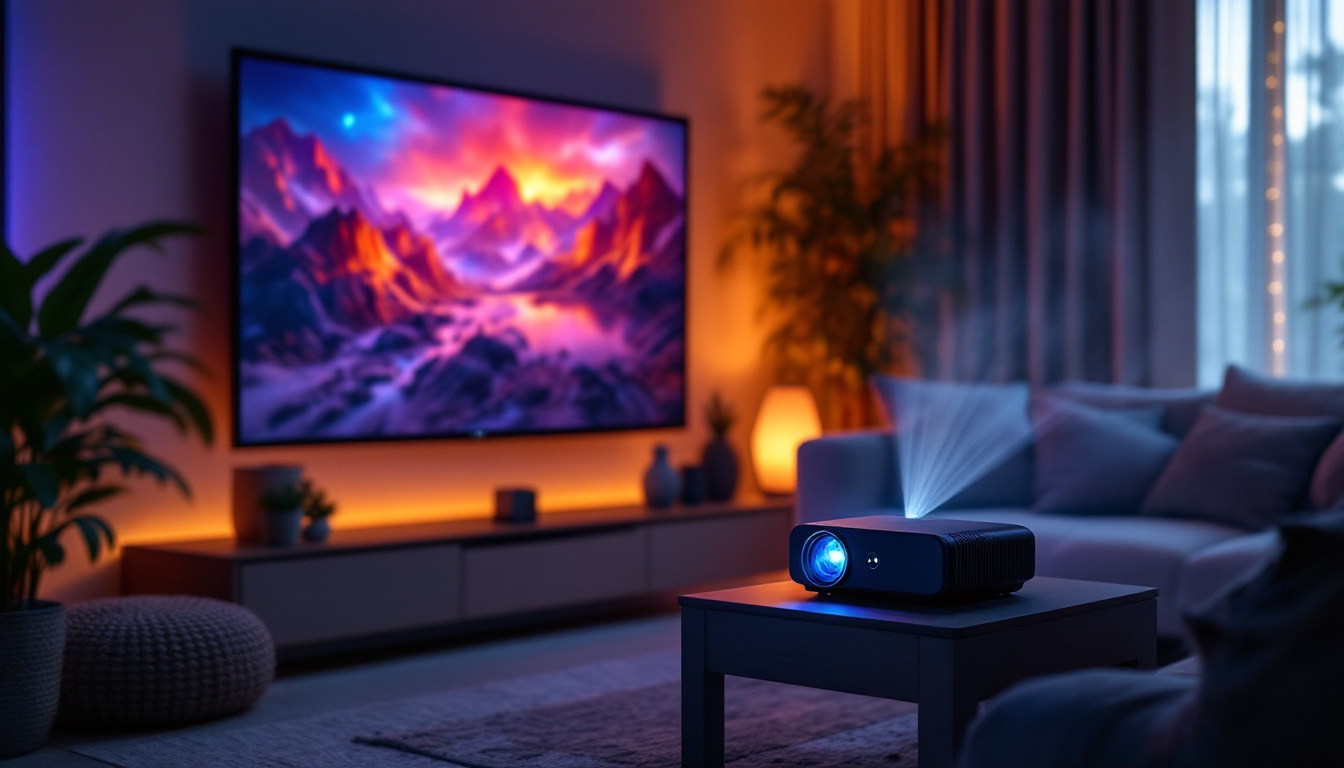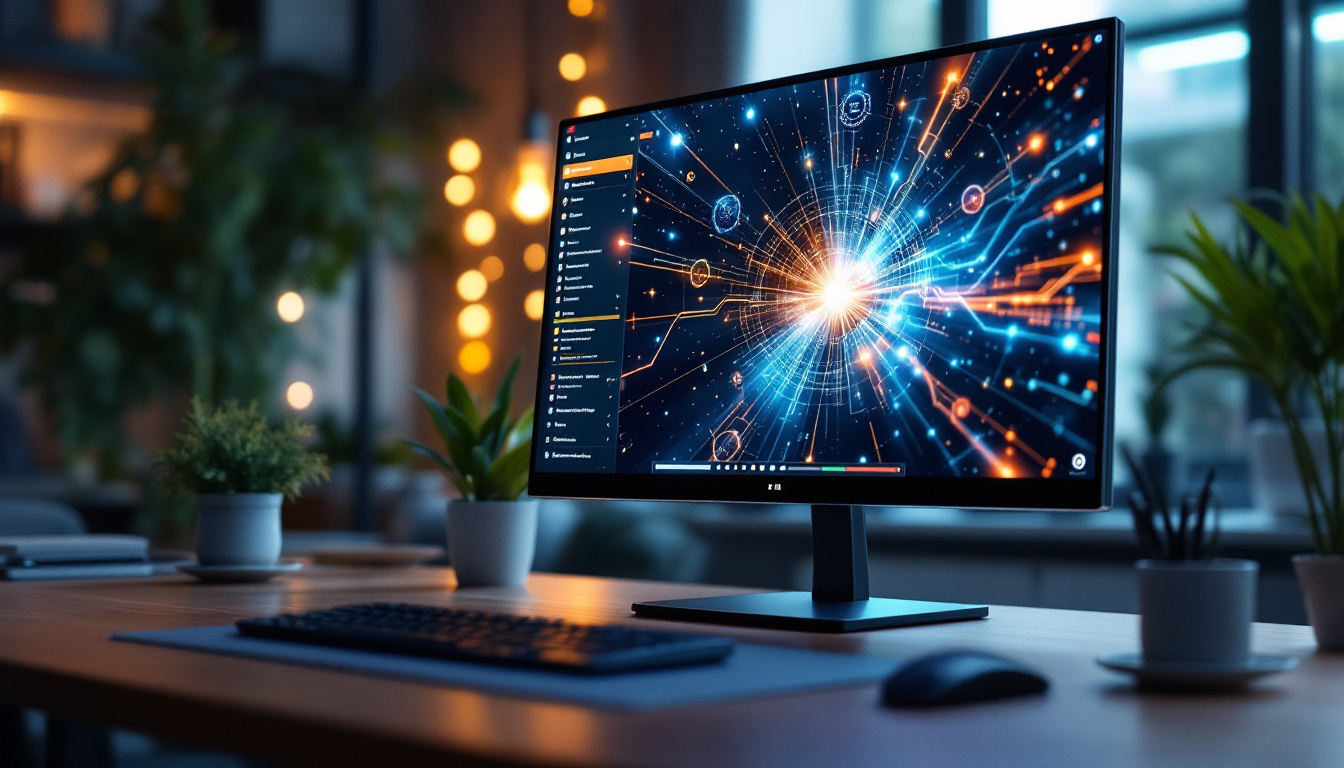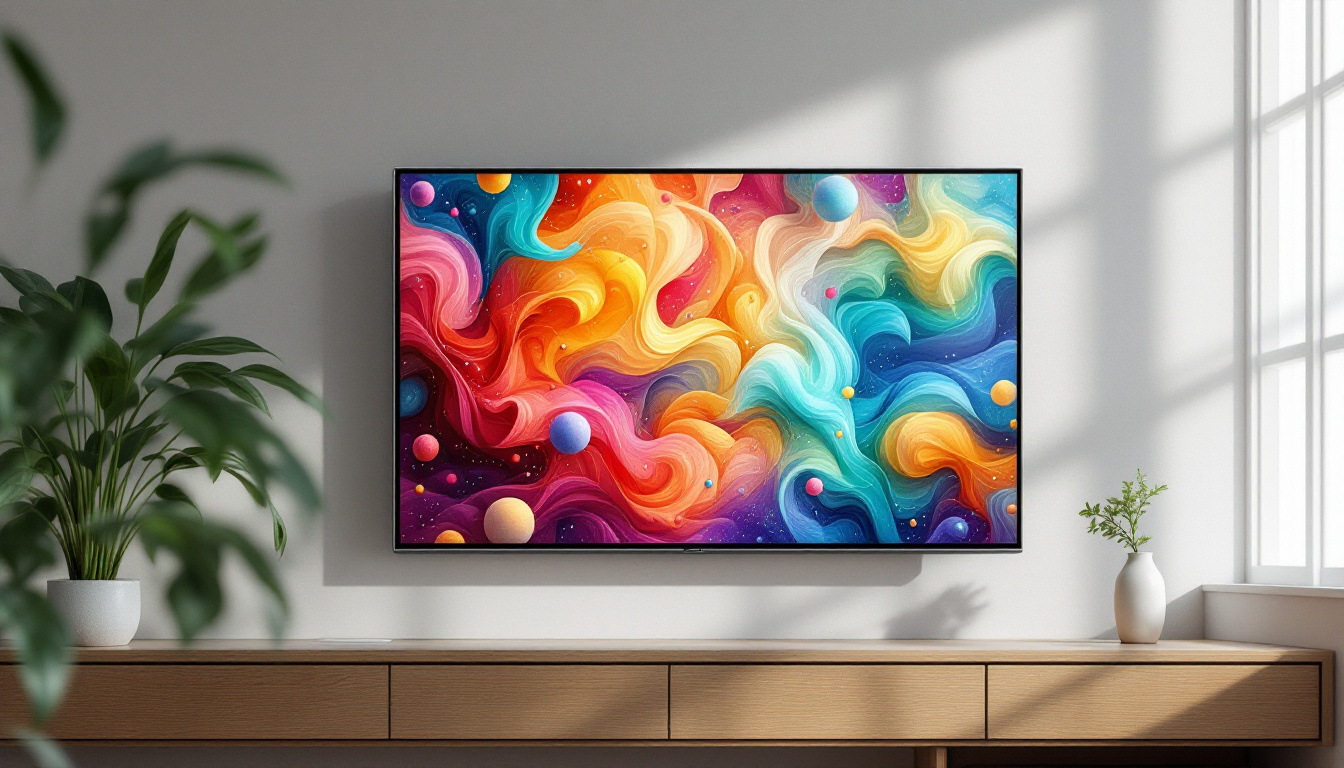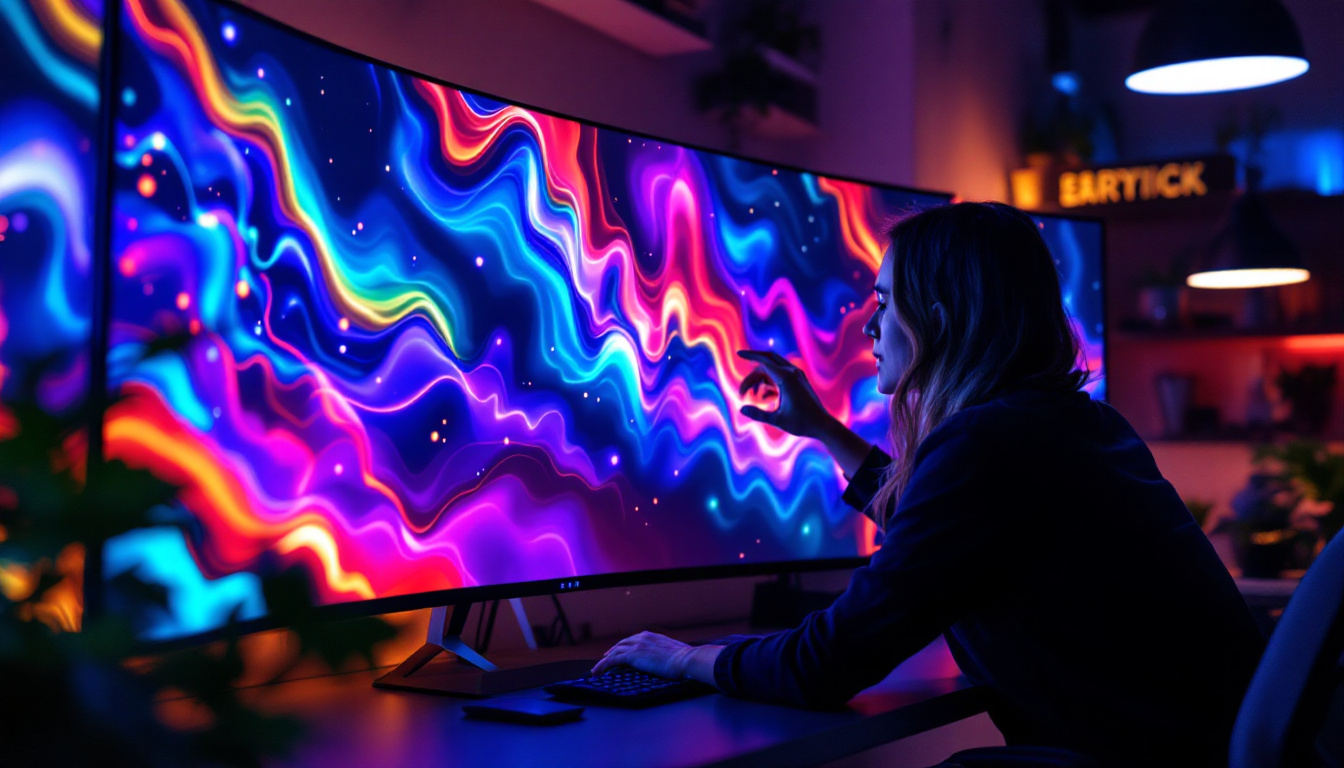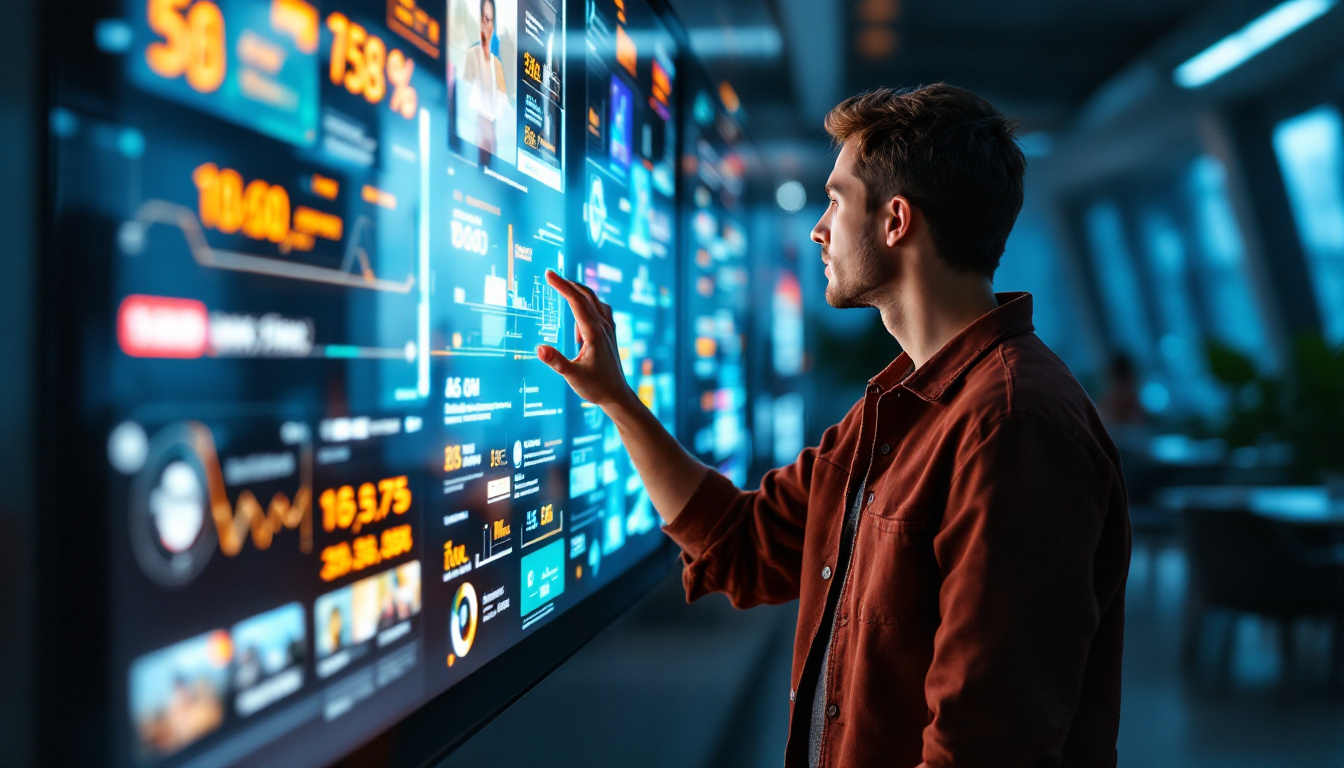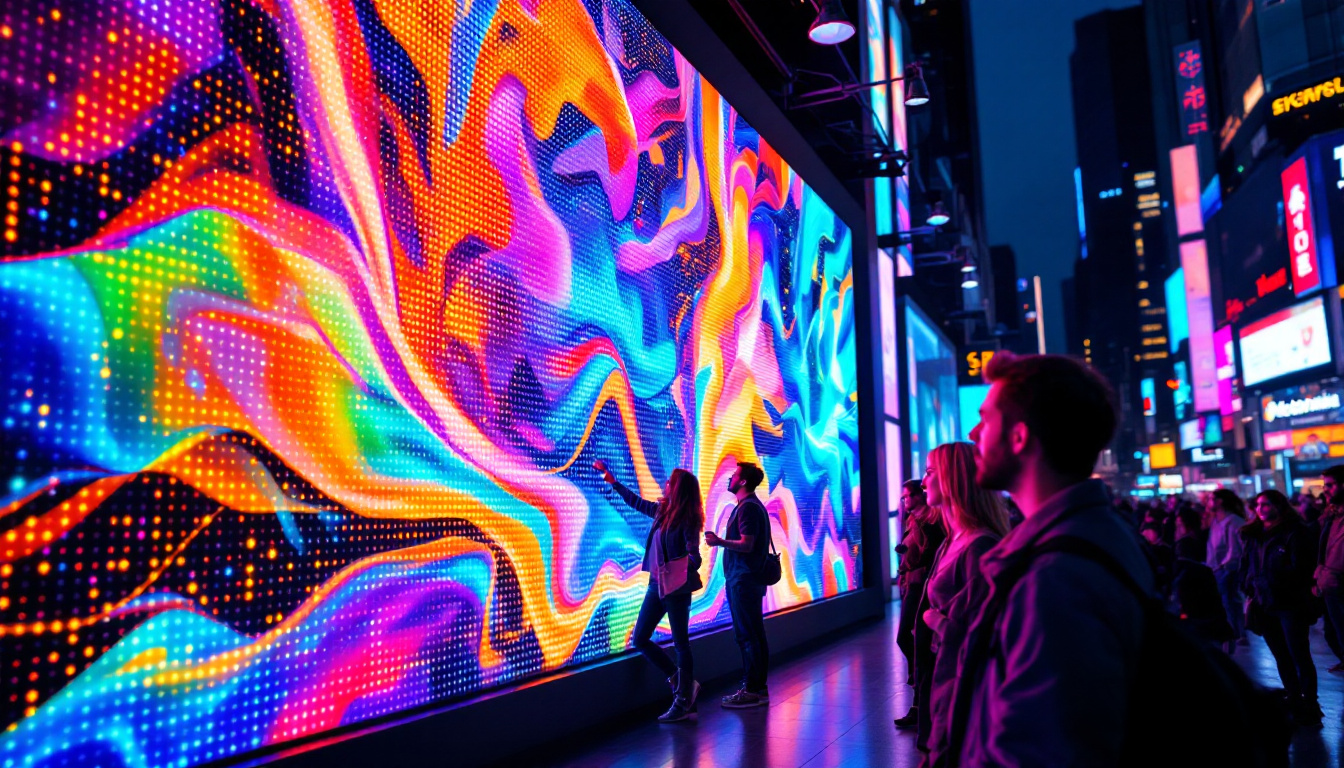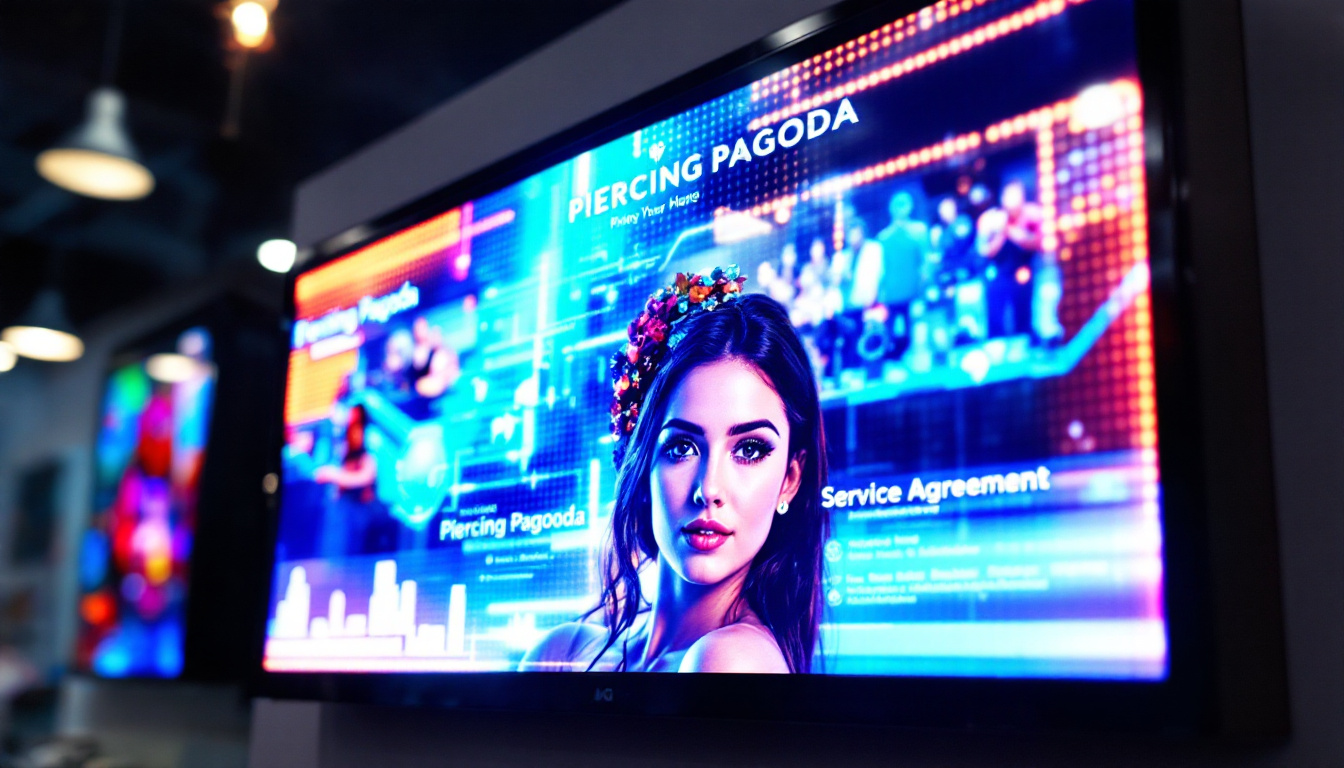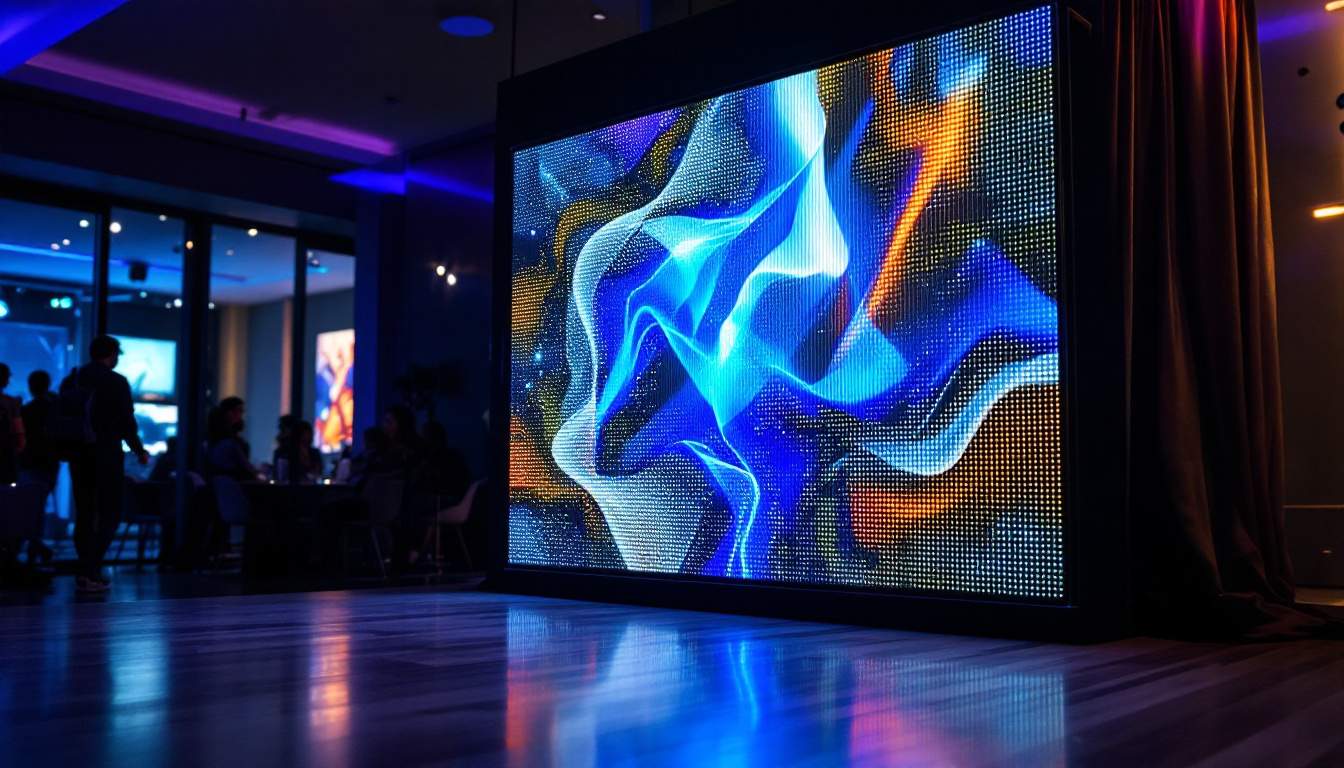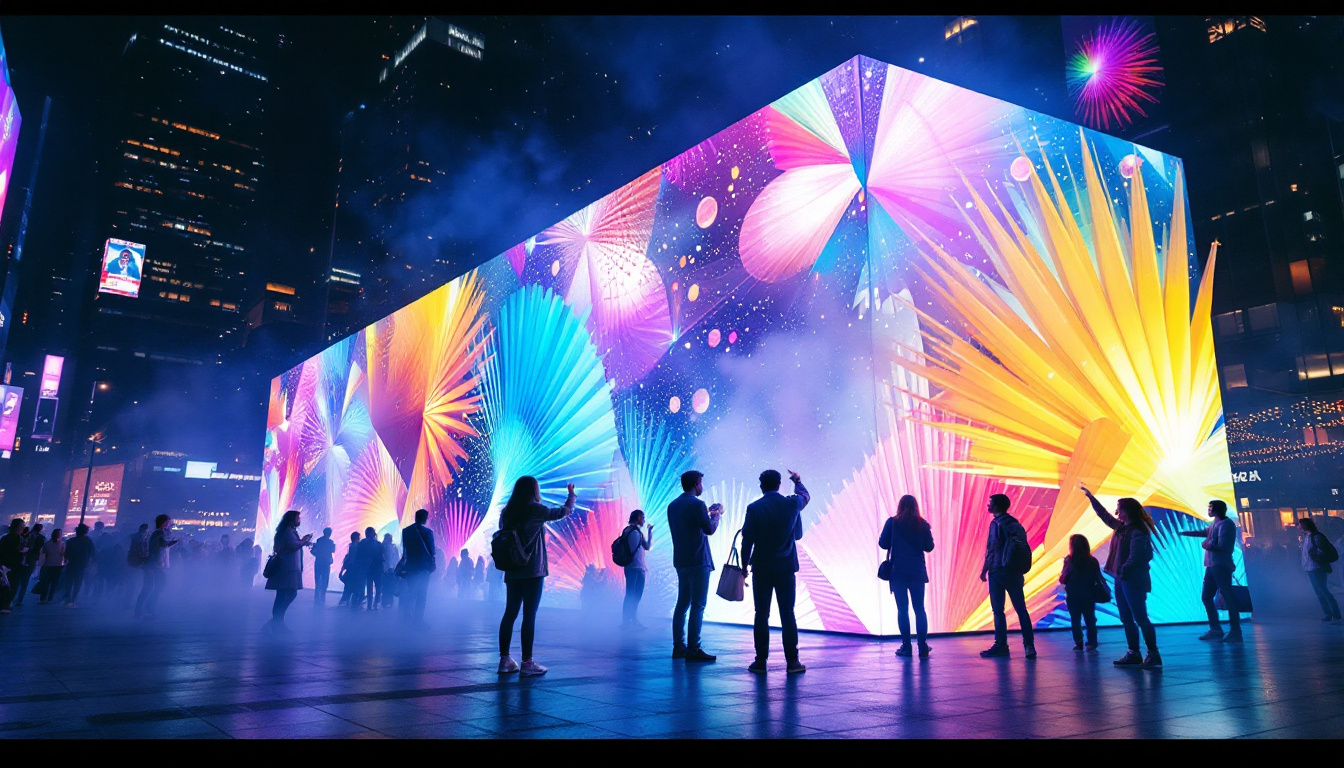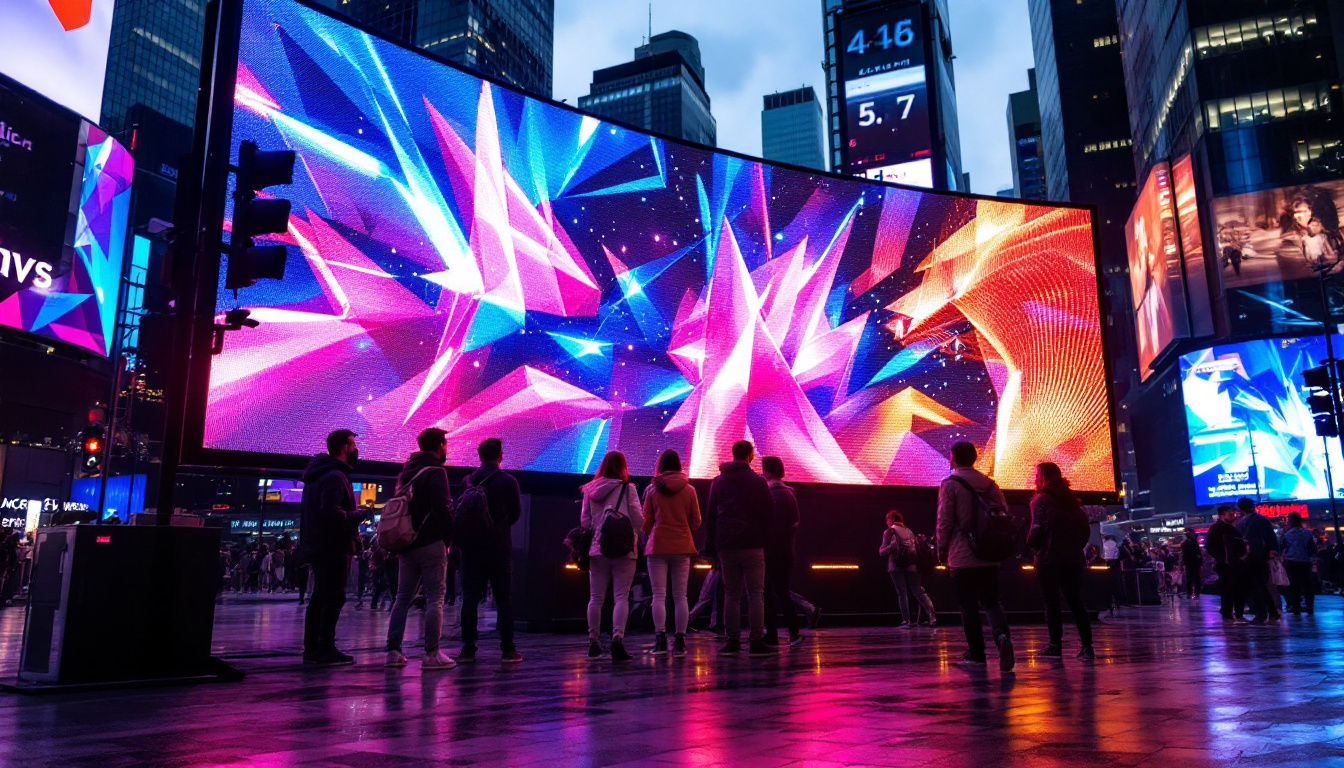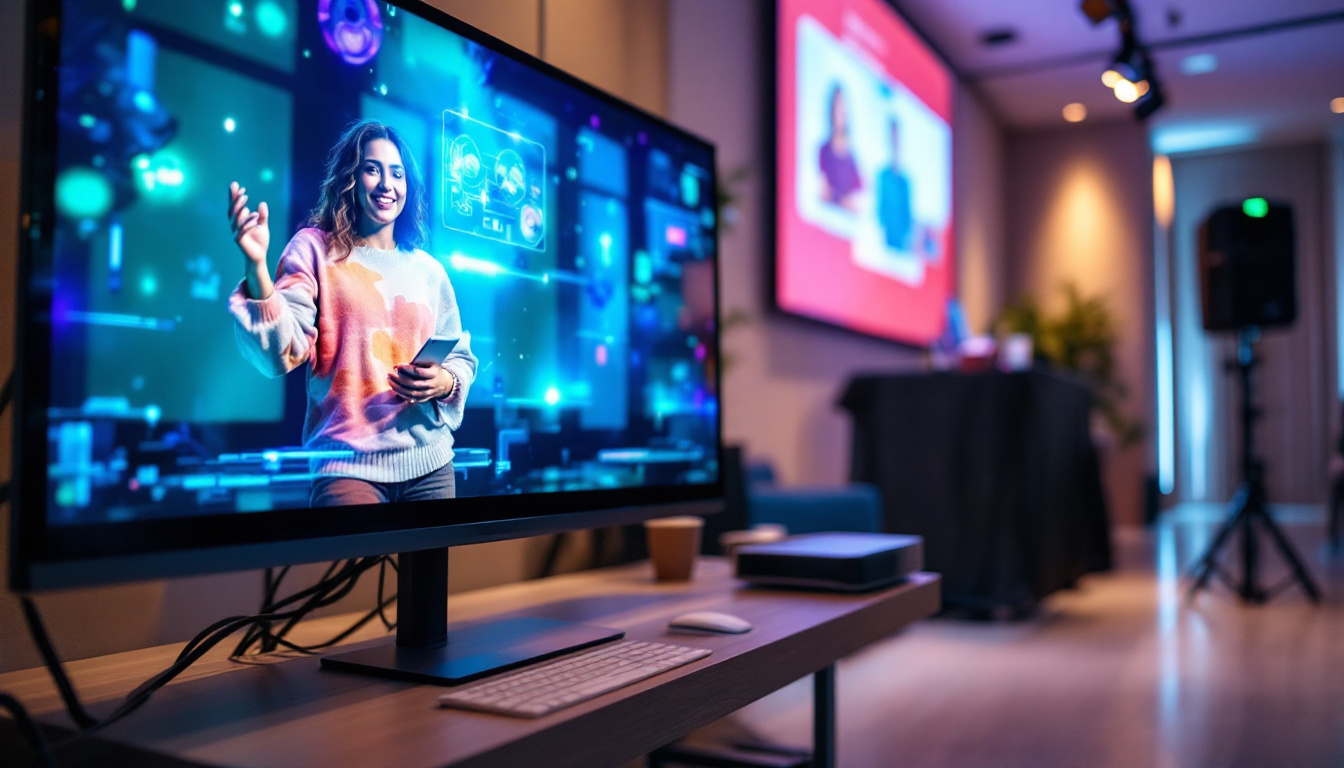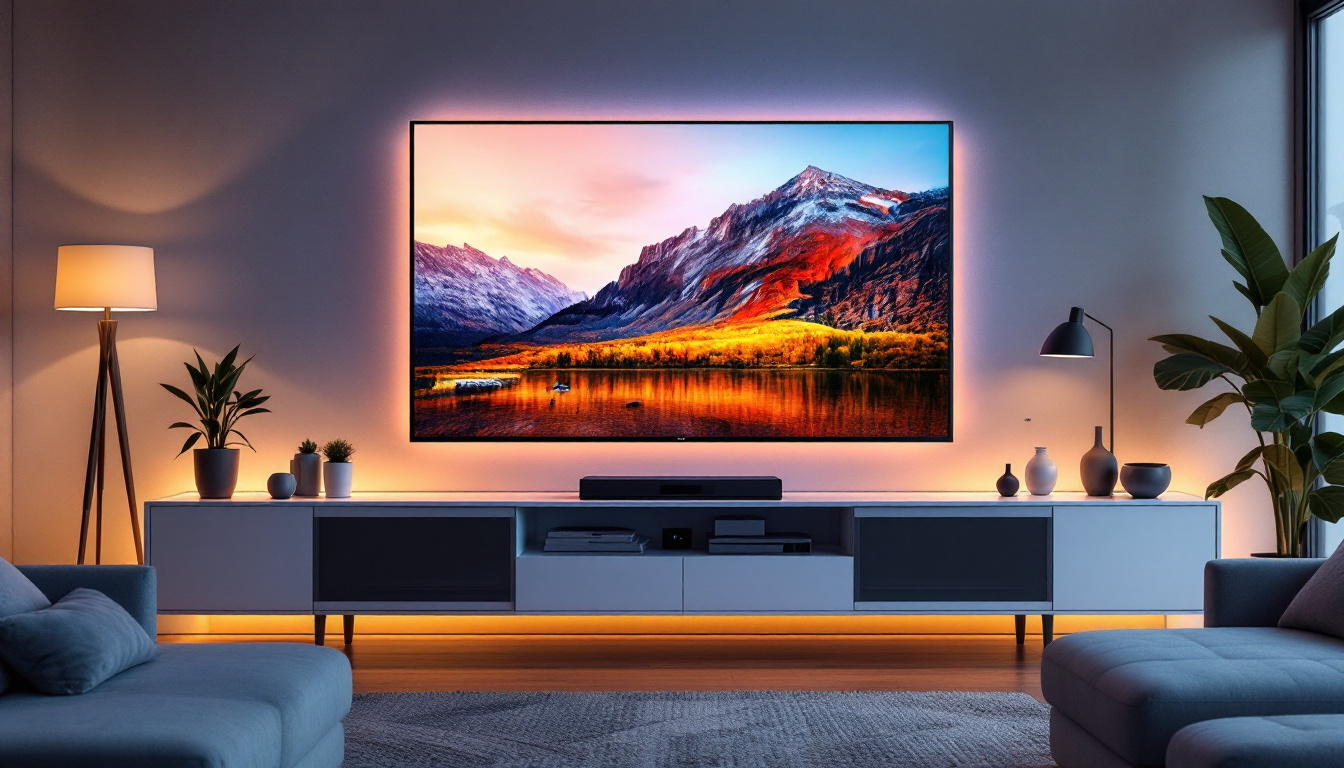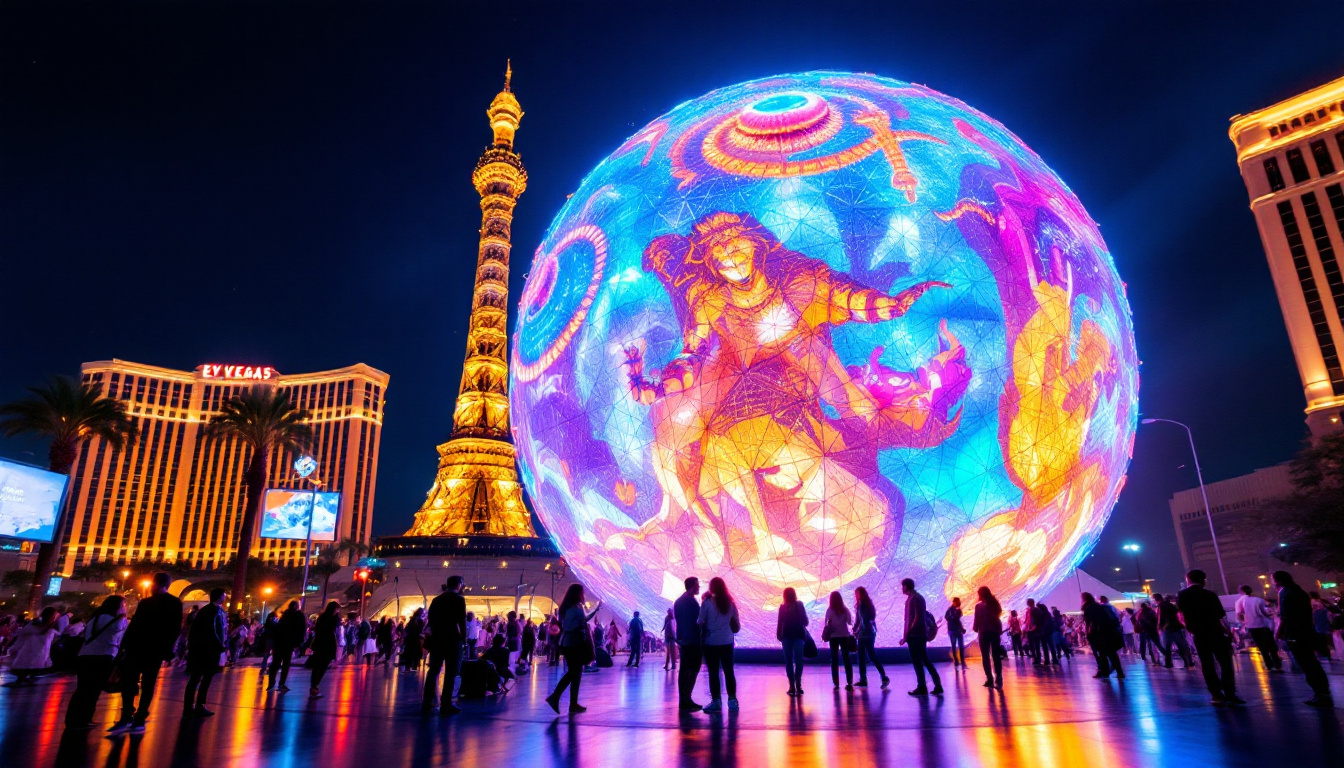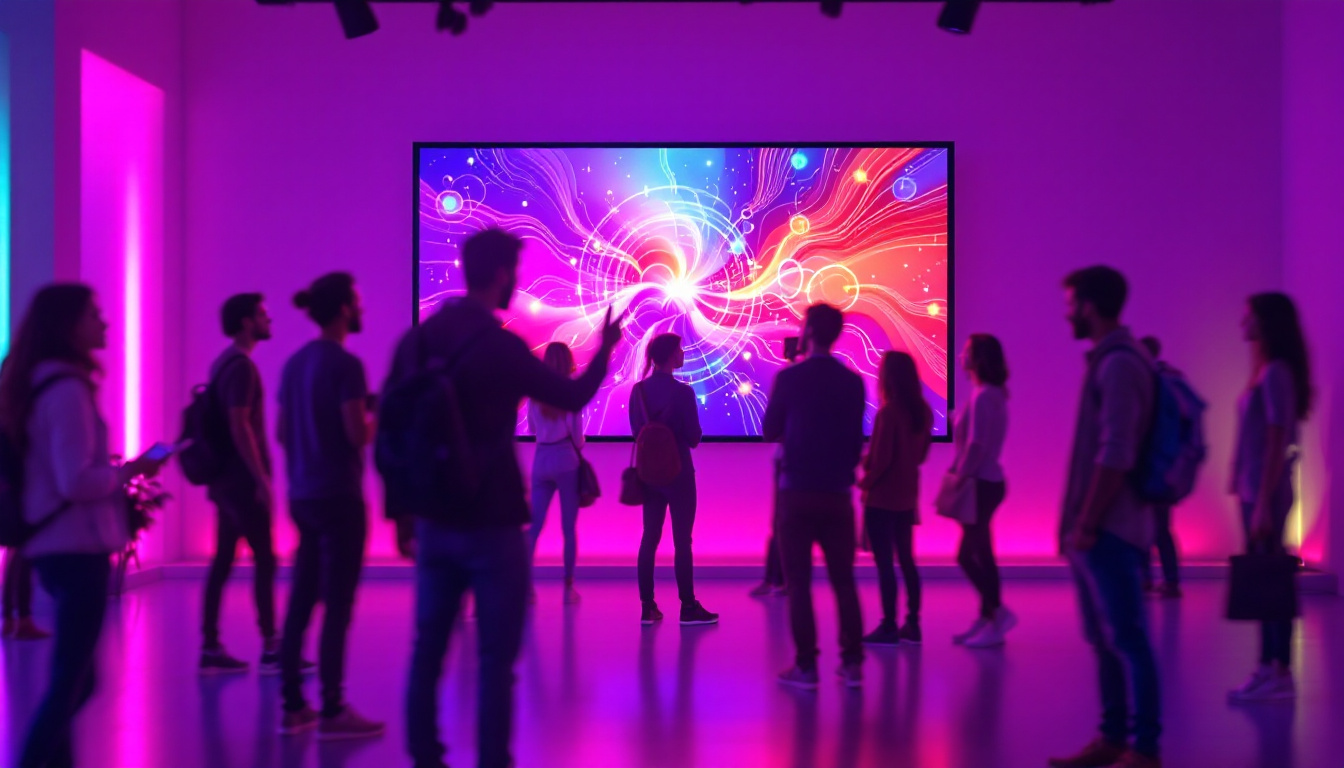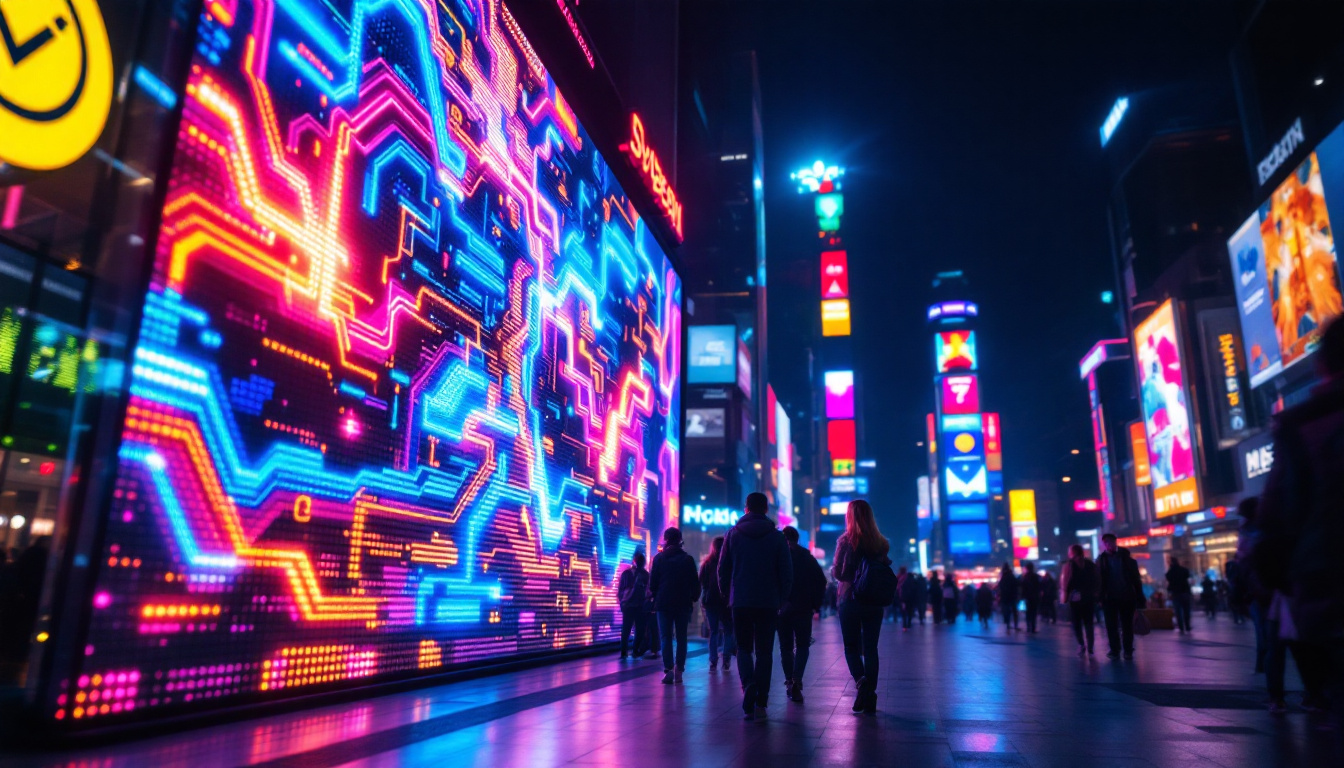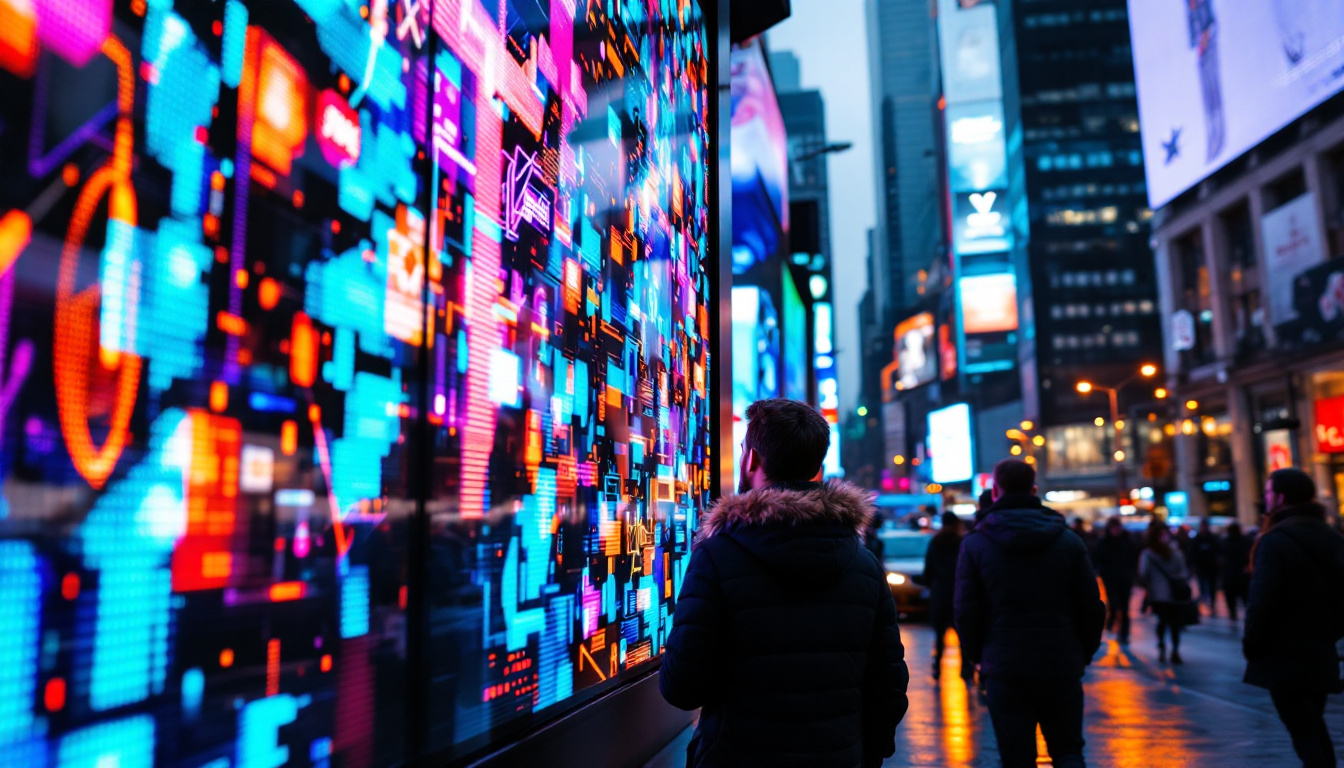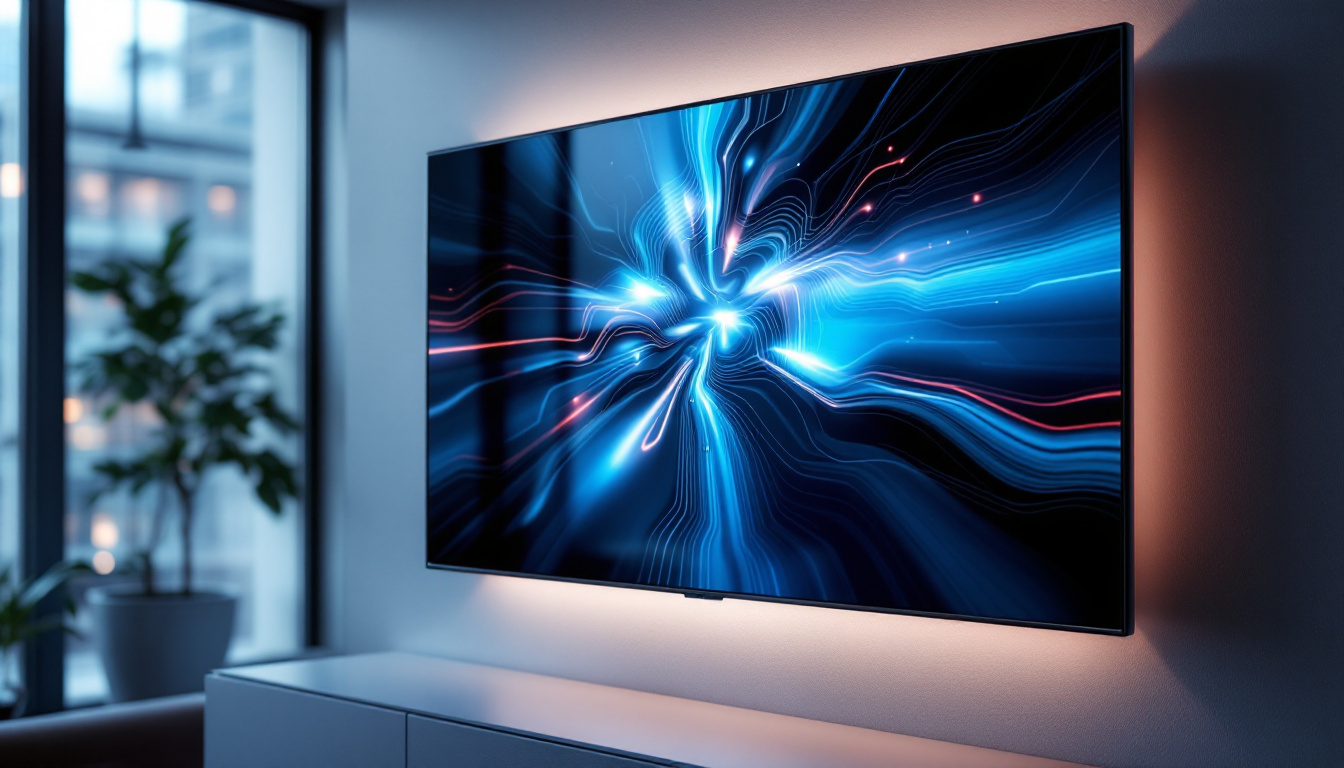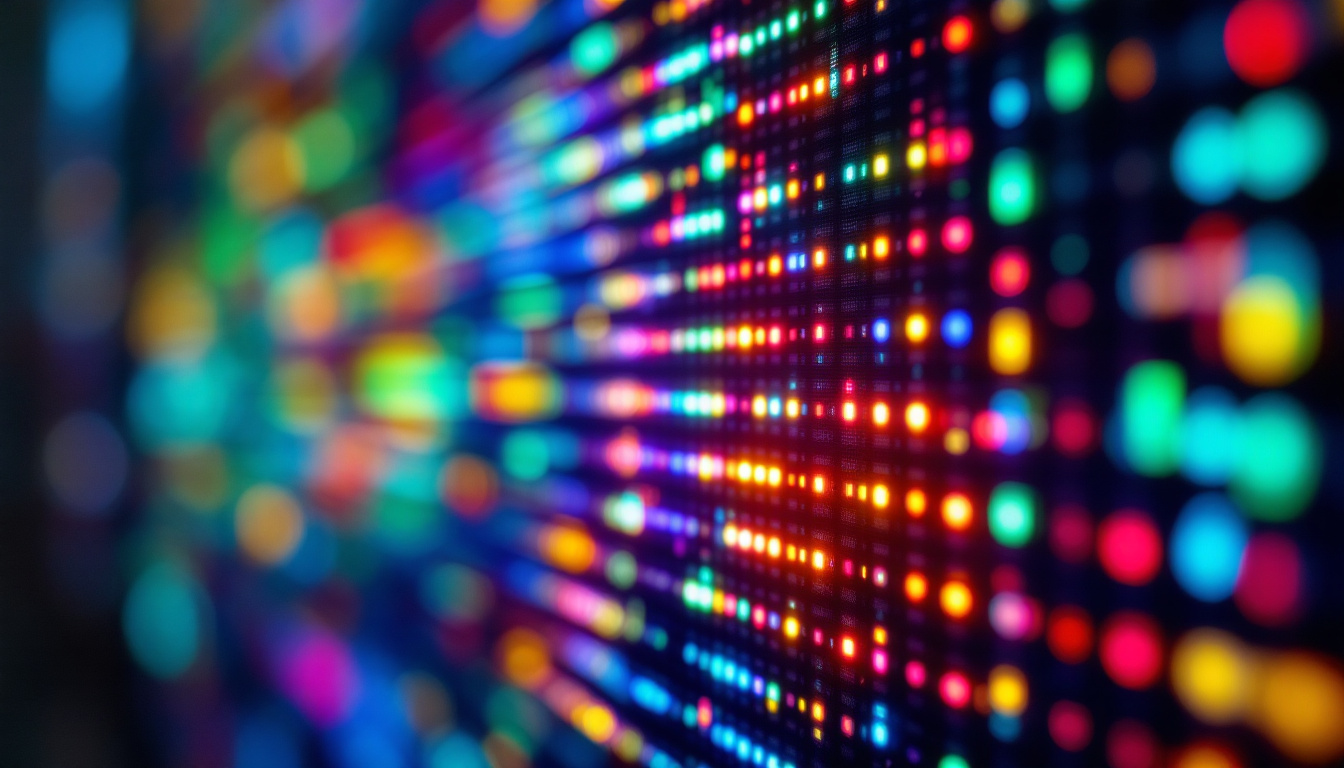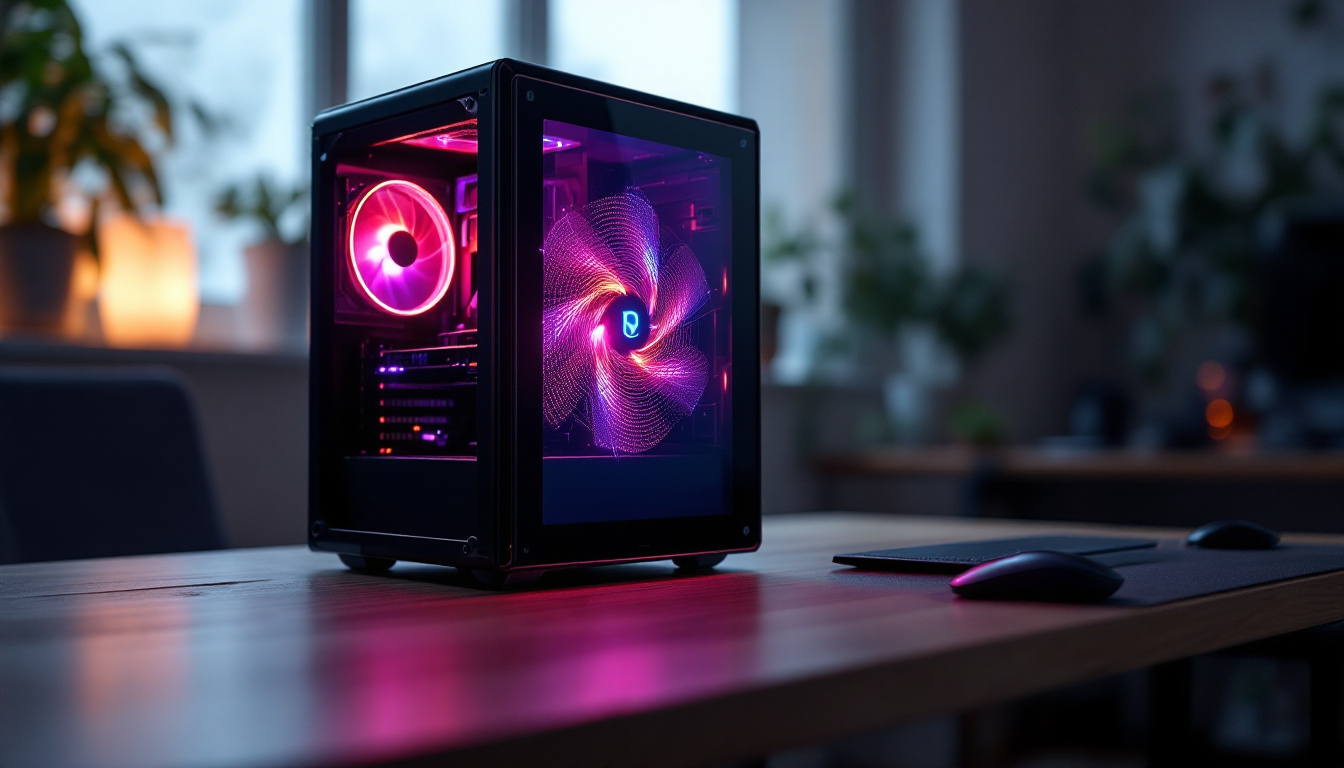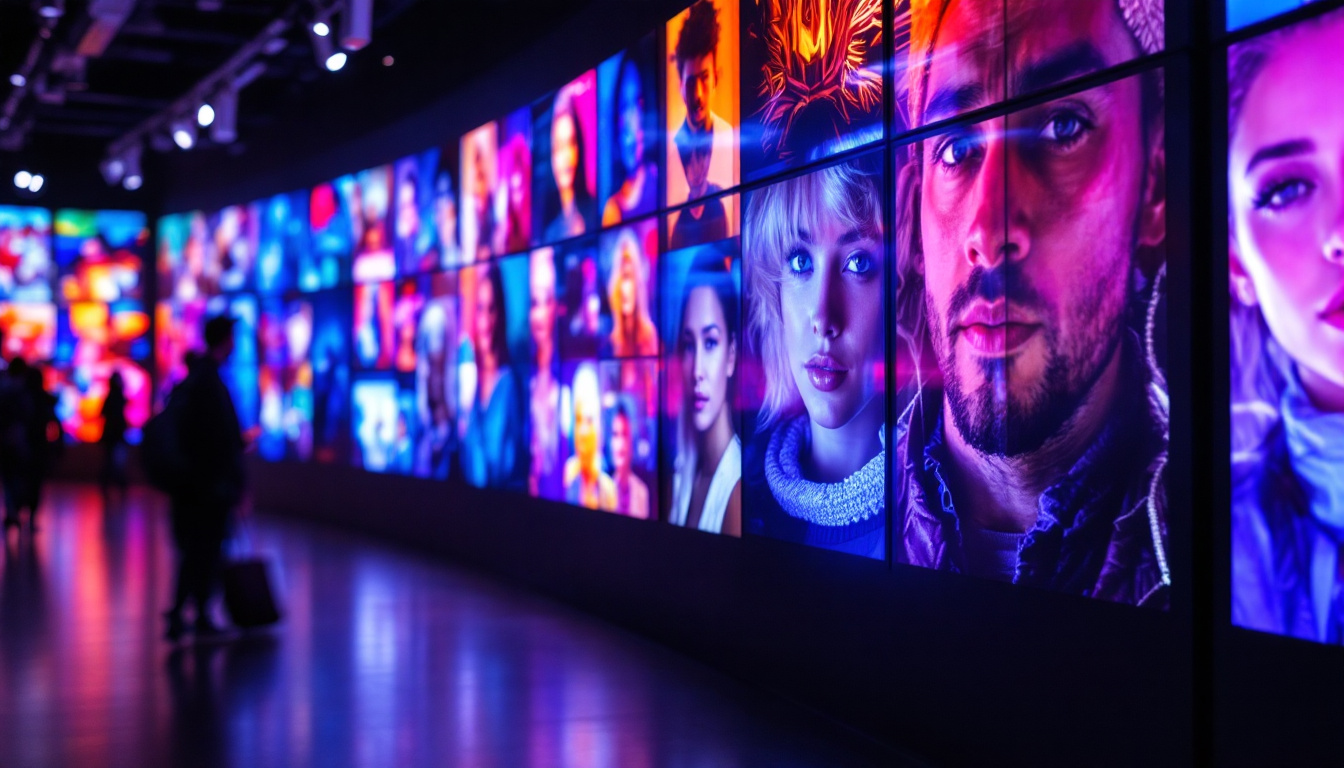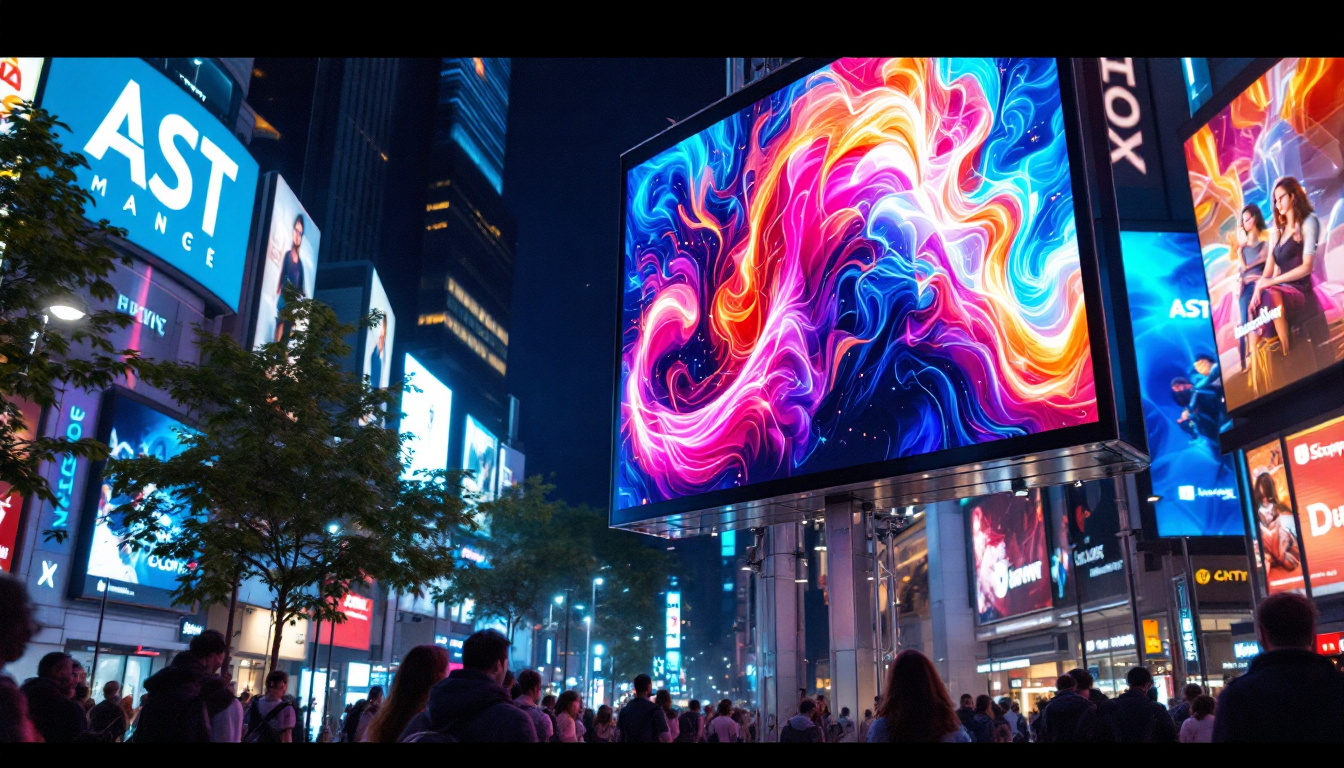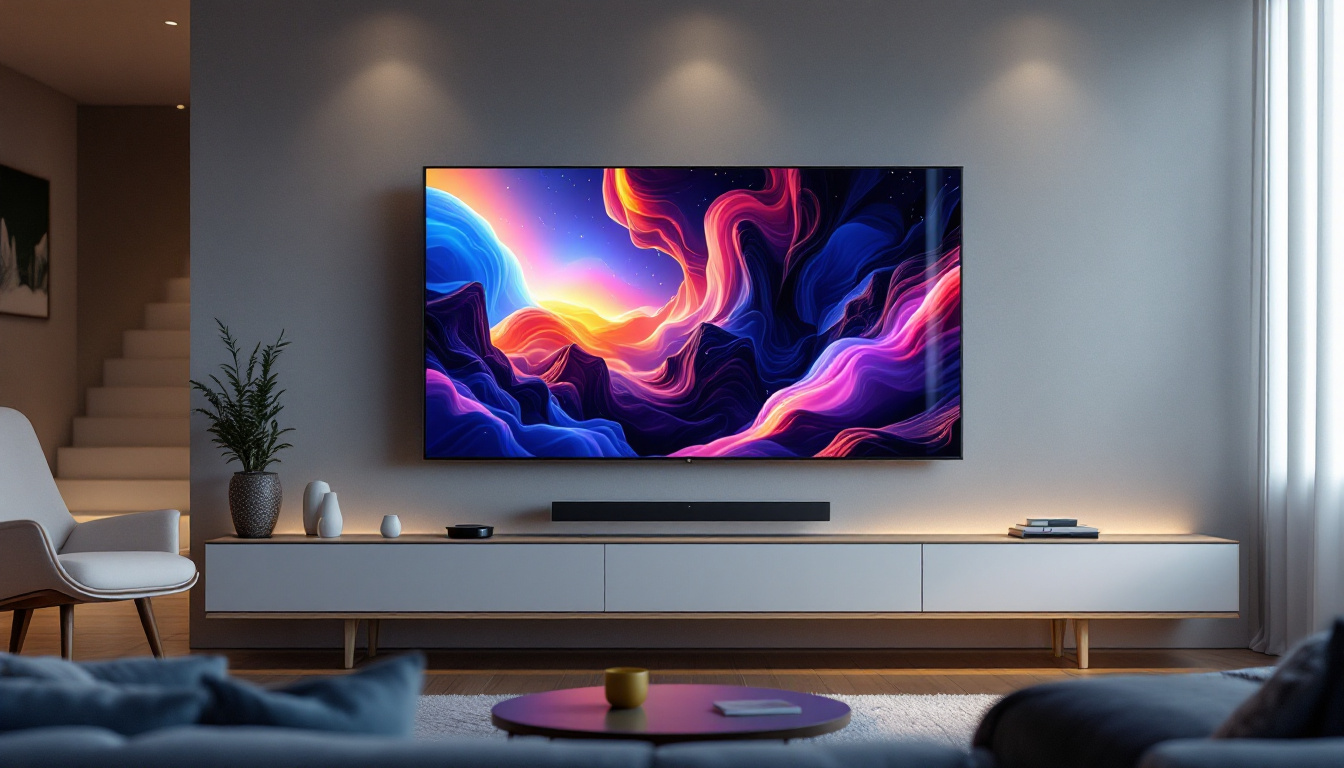In an increasingly digital world, LED displays have emerged as a vital component of modern communication and advertising. Their ability to deliver vibrant visuals and dynamic content makes them a preferred choice for businesses and organizations. This article delves into the intricacies of LED displays, exploring their technology, applications, and the benefits they offer.
Understanding LED Technology
Light Emitting Diodes (LEDs) are semiconductor devices that emit light when an electric current passes through them. The technology behind LEDs has evolved significantly over the years, leading to the development of high-quality displays that are both efficient and versatile. Initially, LEDs were used primarily for indicators and simple displays, but advancements in technology have transformed them into the backbone of modern lighting and display solutions.
How LEDs Work
At the core of an LED display are numerous tiny LEDs that work together to create images and videos. Each LED can emit different colors, typically red, green, and blue (RGB). By adjusting the intensity of these colors, a wide spectrum of colors can be produced, allowing for high-resolution images and videos. The ability to mix these primary colors in varying intensities is what gives LED displays their vibrant and dynamic appearance.
The arrangement of these LEDs is crucial. In most LED displays, the LEDs are organized in a grid format, where each pixel consists of multiple LEDs. This configuration enables the display to produce detailed images and smooth transitions between colors, enhancing the overall viewing experience. Additionally, the use of advanced technologies such as pulse-width modulation allows for finer control over brightness levels, which contributes to the overall quality of the display. As a result, LED displays can achieve deeper blacks and brighter whites, making them suitable for a wide range of applications, from television screens to large-scale advertising boards.
Types of LED Displays
There are several types of LED displays, each designed for specific applications. The most common types include:
- Indoor LED Displays: These displays are typically used in environments like shopping malls, conference rooms, and theaters. They are designed for close viewing and offer high resolution, making them ideal for presentations and entertainment. The color accuracy and brightness levels are optimized for indoor lighting conditions, ensuring that the visuals are striking and clear.
- Outdoor LED Displays: Built to withstand weather conditions, outdoor displays are often used for billboards and large-scale advertising. They are brighter than indoor displays to ensure visibility in sunlight, and they often feature protective coatings to guard against rain, dust, and UV damage. This durability makes them a popular choice for sporting events and concerts where large audiences gather.
- Transparent LED Displays: These innovative displays allow light to pass through them, making them ideal for storefronts and exhibitions where visibility is essential. They offer a unique blend of functionality and aesthetics, allowing businesses to showcase products while still maintaining an open and inviting atmosphere. This technology is increasingly being used in retail environments to create immersive shopping experiences that capture customer attention.
Another emerging type of LED display is the flexible LED screen, which can be bent and shaped to fit various surfaces. This adaptability opens up new possibilities for creative installations and architectural designs, allowing for displays that can wrap around corners or conform to unusual shapes. As LED technology continues to advance, we can expect to see even more innovative applications that push the boundaries of traditional display formats.
Applications of LED Displays
The versatility of LED displays allows them to be used in various sectors, from advertising to entertainment. Their applications continue to expand as technology advances.
Advertising and Marketing
One of the most prominent uses of LED displays is in advertising. Businesses leverage these displays to showcase products, services, and promotional content. The dynamic nature of LED displays allows for real-time updates, making it easier to engage customers with timely information.
Outdoor LED billboards, for example, can capture the attention of passersby with vibrant colors and moving images. This not only enhances brand visibility but also increases the likelihood of customer interaction. Additionally, the ability to change content frequently means that companies can tailor their messages to suit different times of day or special events, maximizing their advertising effectiveness. For instance, a restaurant might display breakfast specials in the morning and switch to dinner promotions in the evening, ensuring that their messaging is always relevant to the audience.
Events and Entertainment
LED displays have transformed the events and entertainment industry. Concerts, festivals, and sports events utilize large LED screens to enhance the audience experience. These displays can broadcast live feeds, animations, and graphics, creating an immersive atmosphere that captivates attendees.
In addition, LED walls are often used in corporate events and conferences to display presentations and videos, ensuring that all attendees can see the content clearly, regardless of their seating position. The high resolution and brightness of LED technology also allow for outdoor events to continue seamlessly, even in daylight. Furthermore, LED displays can be synchronized with sound systems for a cohesive audio-visual experience, making them a vital component in creating memorable moments at large-scale events.
Transportation and Public Information
In transportation, LED displays play a crucial role in providing real-time information to passengers. Train stations, airports, and bus terminals utilize LED screens to display arrival and departure times, gate information, and other essential updates.
Moreover, LED displays are increasingly used in public spaces to convey important messages, such as emergency alerts or community announcements. Their visibility and ability to convey information quickly make them an invaluable tool for public communication. For example, during emergencies, LED screens can rapidly disseminate crucial information about safety protocols or evacuation routes, thereby enhancing public safety. Additionally, cities are adopting LED displays in smart transportation systems, where they can provide updates on traffic conditions, helping drivers make informed decisions and reducing congestion on the roads.
Benefits of LED Displays
The advantages of using LED displays are numerous and contribute to their growing popularity across various industries. Understanding these benefits can help businesses make informed decisions about their advertising and communication strategies.
Energy Efficiency
One of the standout features of LED technology is its energy efficiency. Compared to traditional display technologies, such as LCD or projection, LED displays consume significantly less power. This not only reduces operational costs but also minimizes the environmental impact.
Additionally, LED displays have a longer lifespan, often lasting up to 100,000 hours or more. This durability means fewer replacements and less waste, making them a sustainable choice for businesses.
High Visibility and Brightness
LED displays are renowned for their brightness and clarity. They can produce vivid colors and sharp images, even in direct sunlight. This high visibility makes them ideal for outdoor advertising and environments with varying lighting conditions.
Furthermore, the ability to adjust brightness levels allows for optimal viewing experiences, whether in a dimly lit room or under the bright sun. This adaptability is crucial for engaging audiences effectively.
Flexibility and Customization
LED displays offer remarkable flexibility in terms of size and shape. They can be configured to fit various spaces, from large billboards to small screens in retail environments. This versatility allows businesses to create customized solutions that meet their specific needs.
Additionally, the content displayed can be easily updated or changed, enabling businesses to tailor their messaging based on current promotions or events. This dynamic capability ensures that the content remains relevant and engaging.
Challenges and Considerations
While LED displays offer numerous benefits, there are also challenges and considerations that businesses must address when implementing this technology.
Initial Costs
The initial investment for LED displays can be significant. Although prices have decreased over the years, high-quality LED screens can still represent a substantial financial commitment. Businesses must weigh this cost against the potential return on investment.
However, considering the long lifespan and low maintenance costs associated with LED displays, many organizations find that the initial expenditure is justified over time.
Technical Expertise
Installing and maintaining LED displays requires a certain level of technical expertise. Organizations may need to hire specialists or invest in training for their staff to ensure that the displays are set up and operated correctly.
Additionally, keeping up with software updates and troubleshooting any issues that arise is essential for optimal performance. Businesses should factor in these ongoing requirements when planning their LED display strategy.
The Future of LED Displays
The future of LED displays looks promising, with continuous advancements in technology and applications. As the demand for high-quality visual communication grows, innovations in LED technology are expected to follow suit.
Emerging Technologies
One of the most exciting developments in the LED display industry is the integration of smart technology. Smart LED displays can connect to the internet, allowing for real-time data integration and content management. This capability opens up new possibilities for personalized advertising and interactive experiences.
Moreover, advancements in microLED technology promise even higher resolutions and better energy efficiency. This technology could lead to displays that are thinner, lighter, and more versatile than ever before.
Environmental Considerations
As sustainability becomes a priority for businesses and consumers alike, the LED display industry is also focusing on eco-friendly practices. Manufacturers are exploring ways to reduce the environmental impact of production and disposal, such as using recyclable materials and improving energy efficiency.
Furthermore, the shift towards renewable energy sources for powering LED displays is gaining traction. This move not only aligns with global sustainability goals but also enhances the appeal of LED displays as a responsible choice for businesses.
Conclusion
LED displays have revolutionized the way information is communicated and products are marketed. Their vibrant visuals, energy efficiency, and versatility make them an essential tool for businesses across various sectors. While there are challenges to consider, the benefits of LED technology far outweigh the drawbacks.
As advancements continue to shape the future of LED displays, organizations that embrace this technology will likely find themselves at the forefront of effective communication and engagement strategies. Whether for advertising, entertainment, or public information, LED displays are poised to play a significant role in the digital landscape for years to come.
Discover LumenMatrix’s Innovative LED Display Solutions
Ready to elevate your visual communication with the latest in LED display technology? Look no further than LumenMatrix, where innovation meets excellence. Our comprehensive range of LED display modules, including Indoor, Outdoor, Vehicle, Poster, Sports, Floor, Custom, All-in-One, and Transparent LED Displays, are designed to captivate your audience and amplify your message. Embrace the future of digital signage with LumenMatrix and create unforgettable visual experiences that resonate. Check out LumenMatrix LED Display Solutions today and transform the way you connect with your audience.


